AAC (Alternative and Augmentative Communication) – Child
What is AAC (Alternative and Augmentative Communication)?
AAC means Augmentative and Alternative Communication. Although not a disorder, AAC is used by many individuals who are unable to speak or have severe difficulty communicating with others. AAC can supplement or replace speech, writing, or nonverbal communication in individuals who have severe speech and language problems.
Vocalization, gestures, body language and facial expressions can all be used to express basic wants and needs, but without words, interaction with others can be very difficult. In order to communicate more effectively with others, signs or pictures can be introduced to add more information so others can understand.
AAC is used by children with a wide range of speech and language impairments, such as cerebral palsy, developmental delays, or autism. The goal initially will be to help the child communicate thoughts, ideas, and wishes with family members and friends. AAC will also help the child communicate with new or unfamiliar communication partners. AAC can not only improve communication but also participation in home and community life.
There are a wide variety of AAC options. Sign language is one option. The advantage of sign language is that there is no need for external tools or equipment, but communication partners have to know sign language. Some children require the use of external tools or equipment such as objects, pictures, visual schedules, communication books or boards, or voice output communication aids (VOCAS). VOCAS can be low-tech, such as single-switch devices, or high-tech devices with dynamic screen displays.
For some children, AAC can be a permanent replacement or supplement to spoken output. For others, it may be a bridge to developing functional speech. When using AAC to support the child’s communication, the goal is to increase social interaction with family and friends. When a child is unable to communicate thoughts, wishes, ideas and needs, social isolation, frustration, or challenging behaviours frequently occur. By promoting functional communication, the child will have more positive experiences with family and friends which in turn will encourage participation in school and promote literacy and academic success.
Although parents and caregivers are concerned that AAC will interfere with spoken output, research has shown that the use of AAC does not interfere with the development of spoken language.
What can professionals do to help?
Many children requiring AAC have complex developmental or neurological needs requiring the expertise of a team of professionals. The speech-language pathologist (SLP) is an important member of a multidisciplinary team including parents, physiotherapists, occupational therapists, educators, physicians, and other professionals. For school-aged children, the teachers and support staff are also important members.
The SLP will observe the child’s interactions with communication partners and determine the need for AAC by assessing the child’s language and communication skills. In consultation with other team members, the SLP will recommend the best system to promote the child’s communication now and in the future based on the child’s abilities and communication needs. The SLP will develop an intervention program to help the child learn and use the AAC system and train communication partners to help the child communicate throughout the day.
